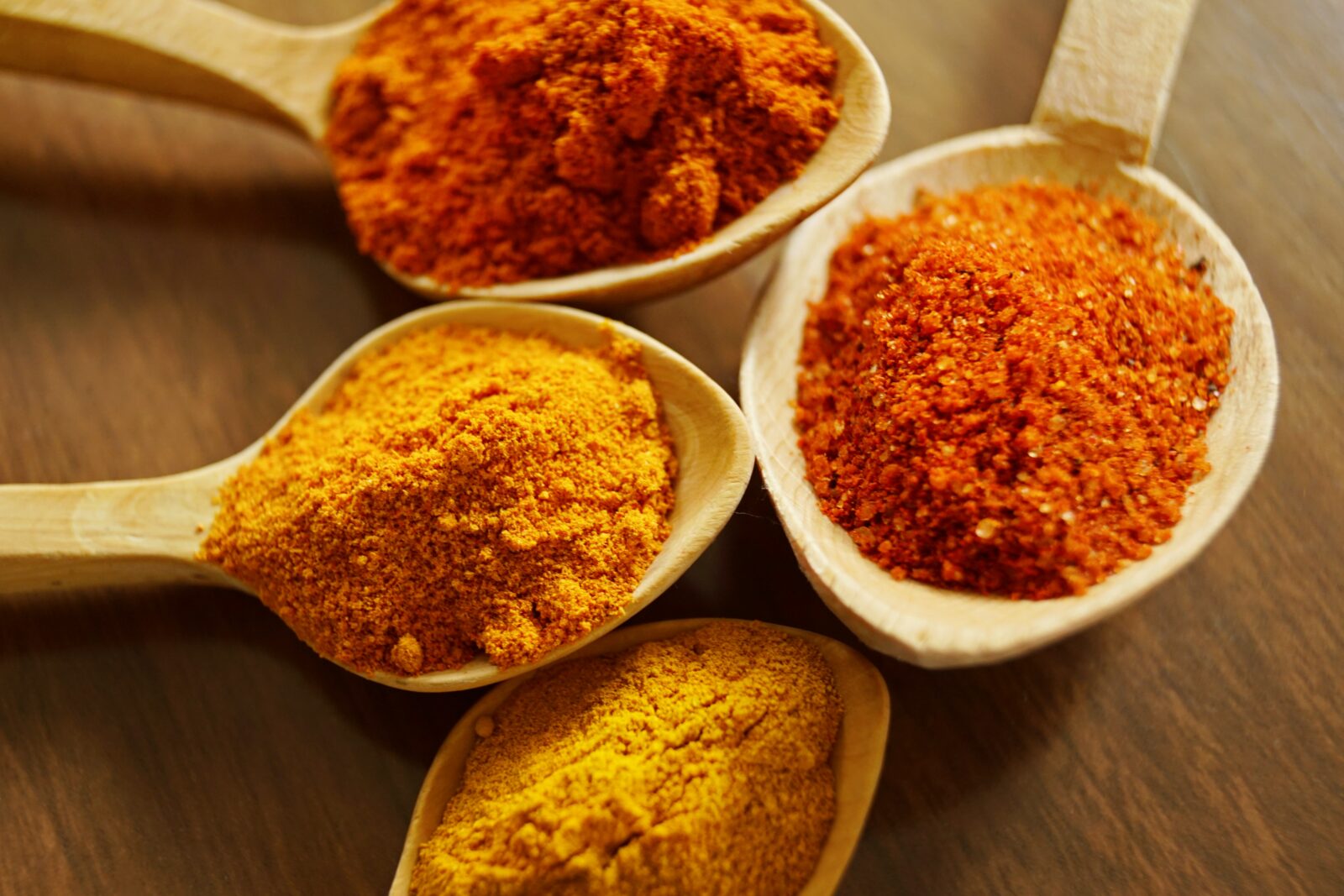
Turmeric gets a lot of headlines in health-related journals. If you follow the buzz, you may believe it’s a cure-all. Is that true, or is that hype? Let’s take a deeper look at the brilliant yellow spice that is being touted as helpful for many health conditions.
What is turmeric?
Turmeric is produced from the underground stems of the plant Curcuma longa, which is related to the ginger plant. Turmeric has been used for thousands of years in Ayurvedic medicine. And it is the ingredient in curry that gives it the distinctive yellow color.
The active ingredient in turmeric is curcumin. Because of the large amount of evidence of curcumin’s powerful anti-inflammatory benefits, it’s now commonly extracted and standardized in higher doses to be put into supplements.
What is the research on curcumin?
The commonality between just about all research done on turmeric and curcumin is inflammation. Chronic inflammation occurs when inflammation lasts longer than it needs to – it becomes like a forest fire burning in perpetuity. This imbalance in the body’s natural inflammatory response has been linked to most of the major chronic health problems people suffer from today.
The curcumin in turmeric has been demonstrated to decrease inflammation in a powerful way, and the research on this spicy health promoter shows its benefits are legion, improving many common and serious inflammation-based issues:
Members Only Content
To continue reading please subscribe to WellnessPlus by Dr. Jess MD
Be your own best doctor with our comprehensive suite of online health coaching tools.
